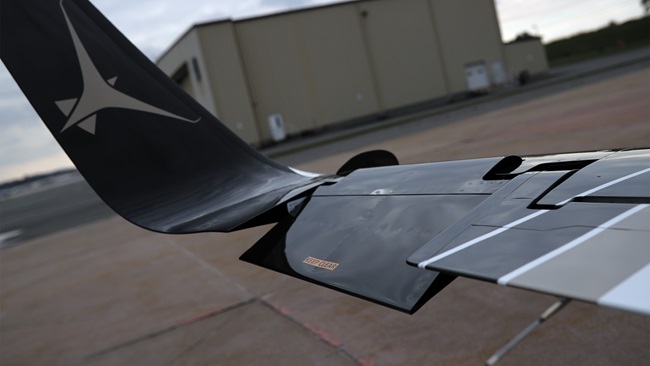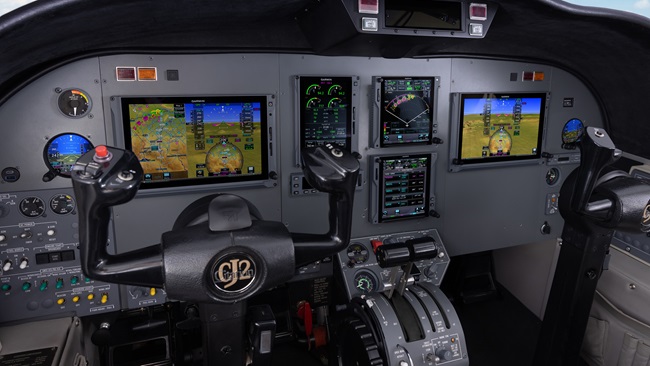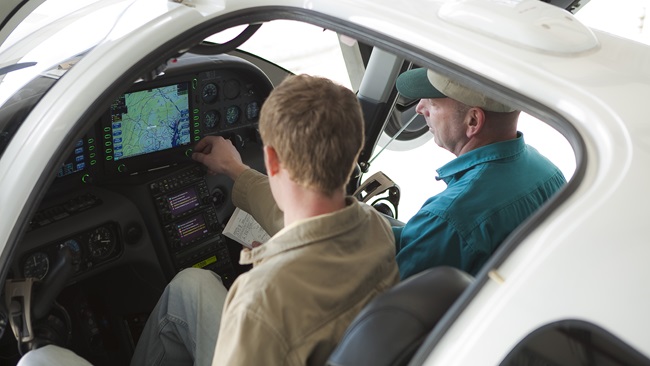New head up display rounds the bend
MyGoFlight system nears certification
MyGoFlight CEO Charlie Schneider says he is just weeks away from certification of his SkyDisplay HUD-LCD180 head up display. A departure for the company known for its flight bags and pilot accessories, the HUD is a longtime dream of Schneider’s. His goal has been to offer pilots flying light turbine airplanes down to high-performance piston singles the benefits of a head up display, devices usually only found on military, airline, and high-end business jets—where the usual price of entry for a HUD starts at six figures.
The version of SkyDisplay that we saw at EAA AirVenture in July had progressed considerably in the past year.
Much of the recent advancement has been in the level of sophistication of the presentation, now projected in two colors, and enabling reconfiguration of the display based on phase of flight. For example, at 40 knots, the display switches from ground mode to flight mode, bringing forward the flight path marker. During takeoff, it shows custom V speeds and allows the pilot to keep his eyes focused down the runway, rotating at precisely the right speed, maximizing safety and minimizing runway used. In the cruise phase, the HSI becomes larger. That, combined with the zero pitch line and flight path marker, make for easier en route flying and simplified approaches. On approach, the pilot can again maintain better situational awareness by keeping eyes focused on the runway when transitioning from instrument to visual conditions. Airspeed and altitude trend tapes provide additional pilot cues.
Schneider says he expects to have certification flights completed in September and to quickly follow with an approved model list for installation in Cirrus airplanes first, with other high performance singles to follow quickly. The initial Cirrus approvals will be for those equipped with Avidyne displays; approvals for Aspen- and Garmin-equipped airplanes would be next.
The price for an Avidyne-equipped Cirrus should be about $25,000. Aspen-equipped models will be closer to $18,000 because there is no need for the interface device in that configuration.




